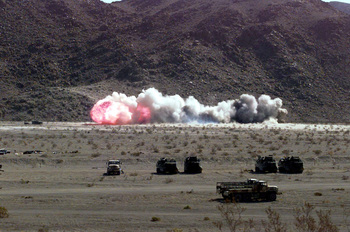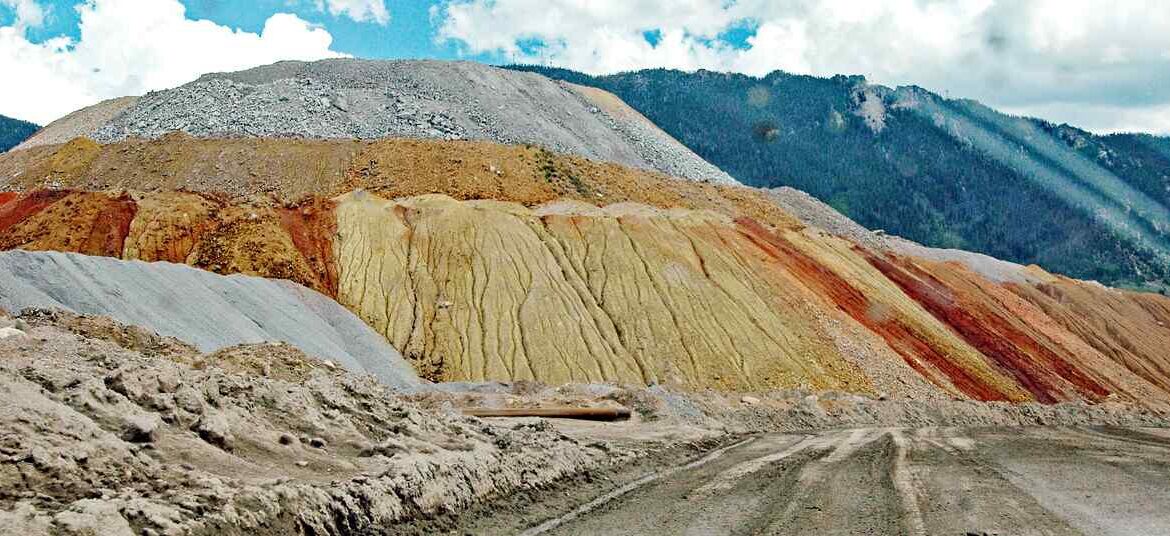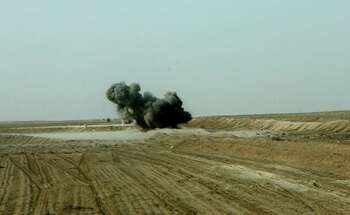Explosives have been used in mining for centuries to break apart rock and extract valuable minerals. While essential to the mining industry, the use of explosives comes with significant safety and environmental considerations. In this article, we’ll explore the types of explosives used in mining, safety measures to mitigate risks, and the environmental impact of explosive use in mining operations.
 Types of Explosives Used in Mining
Types of Explosives Used in Mining
- Dynamite: Dynamite is a commonly used explosive in mining due to its stability and reliability. It consists of nitroglycerin absorbed in a porous material, such as sawdust or clay, to make it safer to handle and transport.
- ANFO: Ammonium nitrate fuel oil (ANFO) is a widely used explosive in mining due to its high energy content and low cost. It consists of ammonium nitrate and fuel oil mixed in the appropriate proportions.
- Emulsions: Emulsion explosives are water-resistant explosives that consist of oxidizers, fuels, and sensitizers emulsified in water. They are commonly used in underground mining due to their stability and safety.
- Detonators: Detonators are devices used to initiate the explosion of the main explosive charge. They contain a primary explosive that is sensitive to impact or friction and a secondary explosive that is more stable and provides the main explosive effect.
Safety Measures in Explosive Use
- Training: Proper training is essential for all personnel involved in handling, storing, and using explosives. Training should cover safety procedures, handling techniques, and emergency response protocols.
- Storage: Explosives should be stored in a secure, designated area that is isolated from other facilities and equipped with appropriate safety measures, such as blast-resistant structures and fire suppression systems.
- Handling: Explosives should be handled with care and in accordance with manufacturer guidelines. Proper tools and equipment should be used, and smoking, open flames, and sparks should be prohibited in explosive handling areas.
- Transportation: Explosives should be transported in vehicles specifically designed and approved for the purpose, following all applicable regulations and safety guidelines.
Environmental Impact of Explosive Use in Mining
- Air Quality: The detonation of explosives in mining operations can release particulate matter, nitrogen oxides, and sulfur dioxide into the air, contributing to air pollution.
- Water Quality: Contaminants from explosives, such as nitrates and heavy metals, can leach into groundwater and surface water, affecting water quality and aquatic ecosystems.
- Noise Pollution: The detonation of explosives produces loud noise, which can disturb wildlife and nearby communities, leading to potential health and environmental impacts.
- Habitat Destruction: Mining operations that use explosives can cause habitat destruction and fragmentation, displacing wildlife and disrupting ecosystems.
Mitigating Environmental Impact
- Best Practices: Mining companies can implement best practices to minimize the environmental impact of explosive use, such as proper blast design, use of environmentally friendly explosives, and reclamation of mined areas.
- Monitoring: Regular monitoring of air and water quality, noise levels, and wildlife populations can help identify potential environmental impacts and inform mitigation measures.
- Compliance: Mining companies should comply with all relevant environmental regulations and standards to ensure that their operations are environmentally responsible.
Conclusion
Explosives play a crucial role in mining operations, but their use comes with significant safety and environmental considerations. By implementing appropriate safety measures and mitigating environmental impacts, mining companies can ensure that explosives are used safely and responsibly, minimizing risks to personnel, communities, and the environment.


